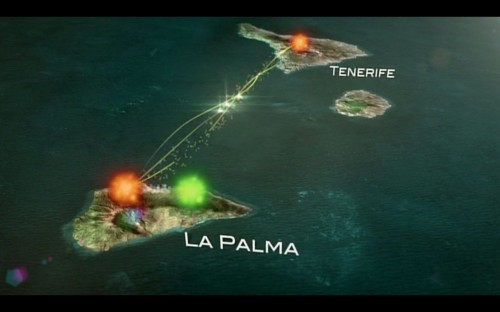Quantum teleportation may be the future method of information processing, providing faster and safer communication. This process does not depend on the physical transportation of information, but rather relies on pairs of two entangled photons that have opposite and linked polarization states; altering the quantum state of one photon in the linked pair immediately alters the state of the other photon. Not only does quantum teleportation provide increased speed but also paramount security as there is no way to intercept the communication between the photons. Groundbreaking research on improving this process is currently being conducted at Yale.

In a recent study published in Nature, Xiaosong Ma, a Postdoctoral Fellow in the Tang lab, Yale’s Nanodevice Laboratory, contributed to the growing potential of quantum teleportation. With his previous research team in Vienna, Ma transmitted quantum states over an unprecedented distance of 144 kilometers between two Canary Islands, La Palma and Tenerife. The milestone was particularly important because this is the minimum distance between the ground and orbiting satellites. Ma states, “To develop [quantum teleportation] in full scale and allow it to be usable by everyone, the computer information processing platform needs to be smaller.” His current work is focused on integrated quantum optics. “Yale has very good nano- and microfabrication facilities and expertise for making photonic devices,” Ma says. With the fast-paced work in the Tang lab and other facilities around the world, there is tremendous potential for quantum technology to usher in a new era of information processing and communication.
